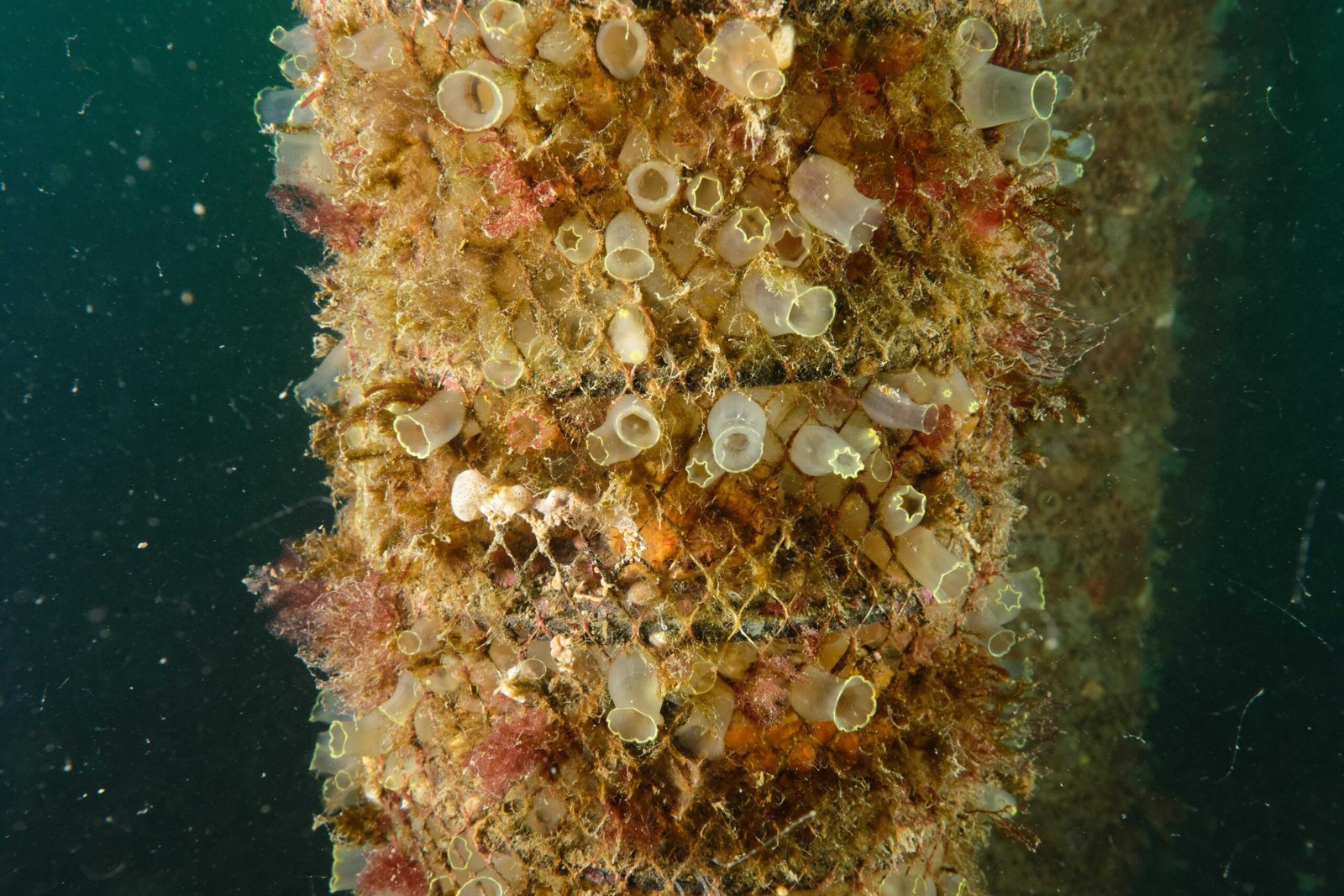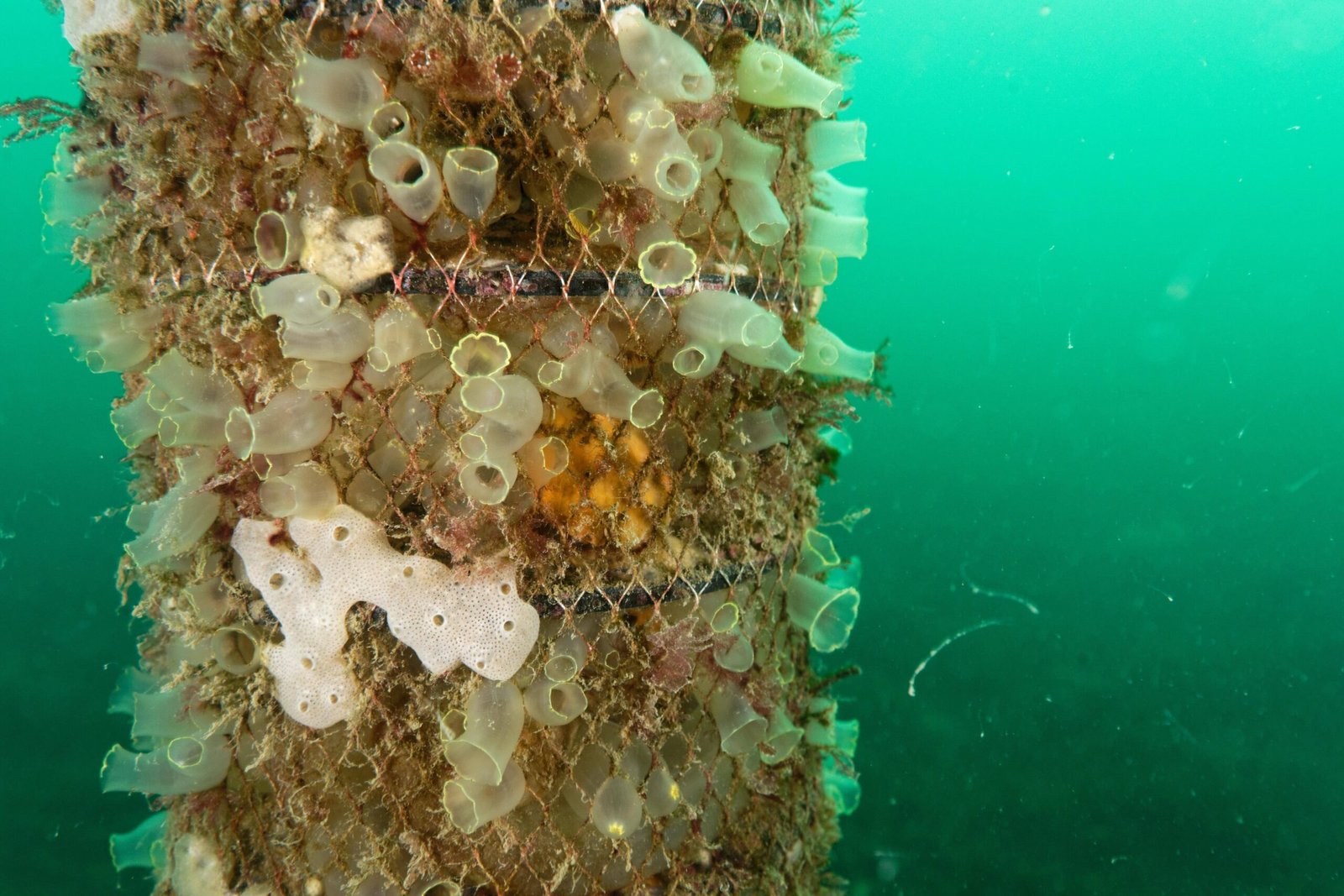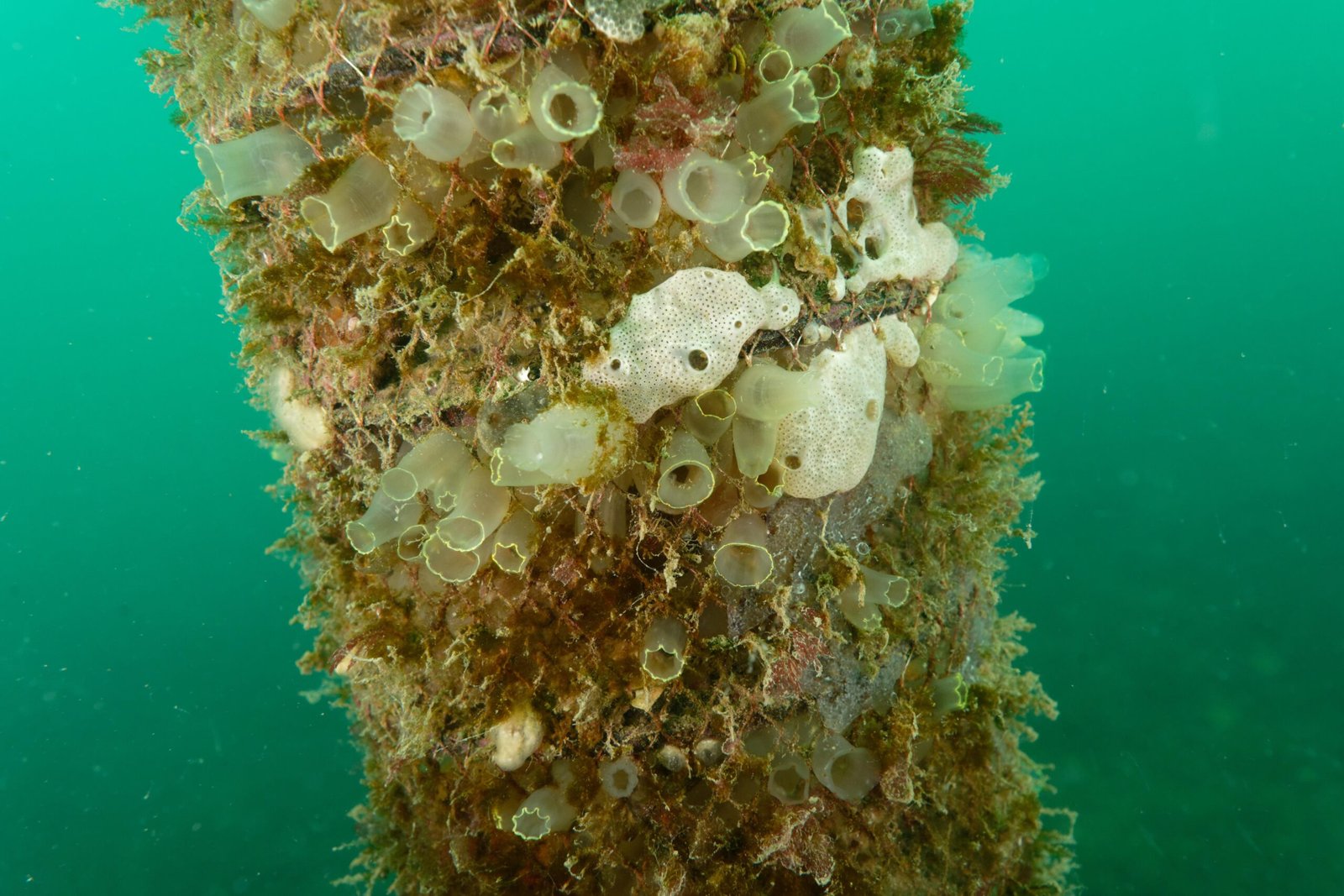Imagine stumbling upon a creature so strange, so alien, that it seems to defy every rule you thought you knew about animals. It clings to rocks, looks like a gelatinous blob, and yet, in its earliest days, sports a tiny backbone and swims with purpose. This is the sea squirt—a living paradox that challenges our very definition of what it means to be an animal. How can something so seemingly simple hide such a complex story beneath its squishy surface? Dive with me into the underwater world of sea squirts, and prepare to have your mind stretched and your sense of wonder ignited.
What Exactly Is a Sea Squirt?

Sea squirts, or tunicates, are marine animals that belong to the subphylum Tunicata. At first glance, they appear more like lumps of jelly or odd-shaped sponges than animals. They attach themselves to rocks, dock pilings, and boats, forming colonies that blanket underwater surfaces. Despite their unassuming appearance, sea squirts are closely related to vertebrates, meaning they share an ancestor with humans, fish, and birds. Their bodies are encased in a tunic—a tough, outer covering made of a cellulose-like substance, which is rare in animals. By filtering seawater through their bodies, sea squirts feed on microscopic plankton, performing a vital role in marine ecosystems.
The Startling Dual Life of Sea Squirts

Perhaps the most shocking thing about sea squirts is their two radically different life stages. As larvae, they resemble tadpoles, complete with a primitive backbone, a tail, and a nervous system. These free-swimming larvae actively explore their environment, searching for the perfect place to settle down. Once they find a suitable spot, they undergo a dramatic transformation. The larva attaches itself to a surface and absorbs its tail and backbone, essentially digesting its own nervous system. The adult, now sessile and blob-like, loses almost all resemblance to its youthful form. This extraordinary metamorphosis is a living testament to the weirdness of evolution.
Breathing Without Lungs: How Sea Squirts Respire

Unlike mammals and fish, sea squirts lack lungs or gills in the traditional sense. Instead, they draw water in through an incurrent siphon, passing it over a basket-like pharynx lined with mucus. Oxygen diffuses directly into their body tissues as water flows through, while carbon dioxide flows out the same way. This efficient, low-energy method allows them to survive in environments with minimal oxygen. The “breathing” motion of their siphons can be mesmerizing to watch, as they rhythmically draw in and expel water—hence their quirky name.
A Close Kinship to Us: Chordate Connections

It’s easy to dismiss sea squirts as simple creatures, but their genetics tell a different story. As members of the phylum Chordata, they share key features with all vertebrates during their larval stage, including a notochord (a stiff rod that develops into a backbone in higher animals), a nerve cord, and gill slits. This surprising kinship makes them invaluable to scientists studying the origins of complex animals. In fact, the humble sea squirt has helped researchers understand how our own nervous systems and body plans evolved hundreds of millions of years ago.
Masters of Adaptation

Sea squirts thrive in environments that would challenge more delicate creatures. They can tolerate wide fluctuations in temperature, salinity, and pollution. Some species even produce toxic chemicals to deter predators, making them tough competitors in crowded harbors or rocky reefs. Their ability to rapidly colonize new surfaces has allowed them to spread far beyond their native ranges, sometimes becoming invasive. This resilience and adaptability has made sea squirts both a marvel and a menace in the eyes of marine biologists.
Colonies, Solitary Blobs, and Bizarre Shapes

Sea squirts come in an astonishing variety of forms. Some live alone, resembling tiny translucent barrels or colorful blobs, while others form intricate colonies that look like encrusting mats or delicate branching fans. Colonial sea squirts can share a common tunic and siphon system, blurring the line between individual and group. Their diversity in shape, size, and color is a visual feast for divers and a fascinating puzzle for scientists trying to unravel their evolutionary history.
Self-Defense: Chemical Warfare in the Ocean

To defend against predators, parasites, and even microbial invaders, many sea squirts produce potent chemicals. Some of these substances are so toxic that they have inspired medical research into new antibiotics and anticancer agents. For example, compounds like trabectedin, derived from sea squirts, are now used in cancer treatment. This chemical arsenal not only keeps sea squirts safe but also highlights the hidden pharmaceutical potential lurking within the world’s oceans.
Regeneration: Healing Like Science Fiction

Sea squirts possess an extraordinary ability to regenerate lost body parts. Some can regrow entire siphons or even reconstruct much of their body if damaged. In certain colonial species, individual zooids can bud off and form new colonies—a feat that borders on the miraculous. This regenerative prowess is a hot topic in stem cell research, as scientists hope to unlock the secrets behind such efficient tissue repair and apply them to human medicine.
Invasions and Ecological Impact

While sea squirts are fascinating, not all their stories are positive. A few species, like the infamous Didemnum vexillum, have become invasive pests, smothering native marine life and altering underwater habitats. Their rapid growth can outcompete native filter feeders, disrupt local ecosystems, and damage aquaculture operations. Managing these invasions has become a pressing concern for conservationists and coastal communities around the globe.
Sea Squirts in Science and Medicine

Beyond their ecological roles, sea squirts are important research organisms. Their simple body plans and transparent tissues make them ideal for studying embryonic development, gene regulation, and nervous system function. Major biological discoveries, such as the mechanisms of aging and the evolution of immunity, have their roots in sea squirt research. As models for understanding basic life processes, they continue to shape the future of biology and medicine.
The Wonder of the Unfamiliar

Sea squirts remind us that nature is full of surprises, challenging our assumptions and expanding our sense of what is possible. Their strange lifecycle, hidden kinship with vertebrates, and astonishing adaptability make them a true marvel of the animal kingdom. Next time you peer beneath the surface of the ocean, remember that even the most unassuming blobs can reveal stories as deep and complex as the sea itself.




